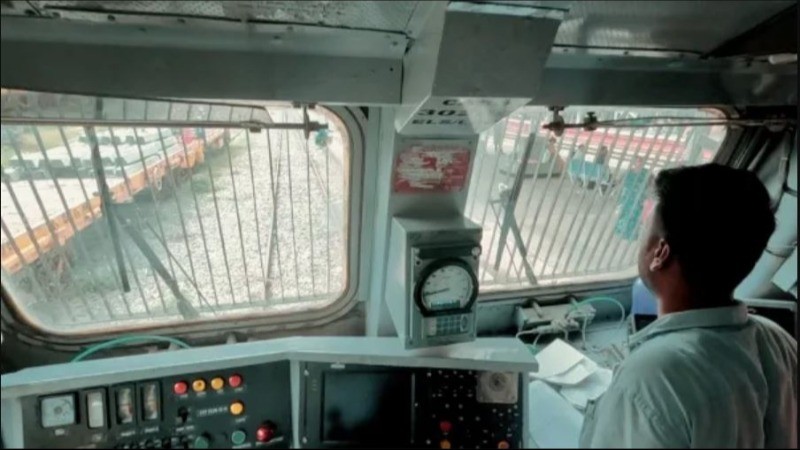
India's expansive railway network has long been vital to the nation's growth, but it has also been plagued by tragic accidents, highlighting serious safety challenges. Incidents like the Firozabad disaster in 1995, which claimed 358 lives, and the Khanna and Gaisal collisions, further underlined the need for better protection measures. For years, Indian Railways lacked the advanced safety technology necessary to prevent such tragedies.
However, this began to change with the introduction of Kavach, an Automatic Train Protection (ATP) system developed in India. Meaning "shield" in Hindi, Kavach was created by the Research Design and Standards Organisation (RDSO) with the help of Indian companies such as HBL Power Systems, Kernex, and Medha. This state-of-the-art system is designed to protect trains from accidents by monitoring speeds, alerting operators to potential dangers, and even stopping trains automatically when needed.
Since its introduction, Kavach has had a transformative impact on Indian Railways. The number of major accidents has dropped sharply from 473 in 2000-01 to just 40 in 2023-24, thanks to the government’s commitment to improving rail safety. A key part of this commitment is the Rashtriya Rail Sanraksha Kosh, a Rs 1 lakh crore fund launched in 2017 to upgrade railway safety assets. In 2023, an additional Rs 45,000 crore was allocated to extend the program for five more years, reinforcing the government's focus on safety.
The development of Kavach has been a remarkable journey. After initial trials in 2016, the system received the globally recognized SIL4 safety certification in 2019, marking a major milestone. In 2020, it was approved as the official ATP solution for Indian Railways. Despite challenges posed by the COVID-19 pandemic, the implementation of Kavach continued to move forward, enhancing safety across the railway network.
Looking ahead, Indian Railways plans to install Kavach on 44,000 kilometers of track over the next five years. This will make India’s rail network one of the safest and most efficient in the world, even surpassing the passenger rail network of the United States. Already, over 301 locomotives are equipped with the system, and 273 stations have been fitted with Kavach.
The system aims to eliminate accidents caused by human error, a major factor in railway collisions. Although the tragic triple-train accident in Odisha in June 2023 reignited concerns over rail safety, it’s important to recognize the monumental effort required to implement Kavach across India’s vast rail system. Full implementation requires extensive upgrades, including complete electrification of tracks and the installation of optical fiber for communication. So far, over 4,000 kilometers of optical fiber have been laid, and 356 communication towers have been erected to support the system.
More than just a technical achievement, Kavach symbolizes India’s commitment to modernizing its railway system and ensuring the safety of the millions of passengers who rely on it. Over the past nine years, Indian Railways has invested Rs 1,78,012 crore into safety improvements, funding advanced trackside equipment, cutting-edge technologies, and comprehensive training for staff.
As Indian Railways continues to roll out Kavach, the future of rail safety in India looks bright. This system represents a major leap in innovation and a commitment to protecting lives. While there is still more work to be done, Kavach stands as a symbol of hope for a safer, more reliable rail network in the years to come.